
Date: 23 April 2024
Subject: Local government issued a guide to ship owners for bunkering at the five anchorages of Zhoushan port, China
Local government of Zhoushan port issued a guide to ship owners for receiving bonded bunkers at Zhoushan port recently (hereinafter referred to as “the Guide”), introducing the coordinates, navigational requirement, anchoring requirement, meteorological restriction, and other useful information of the 5 main bunkering anchorages. A summary of the 5 anchorages is given below for your easy reference and our free English translation of the Guide is attached to this circular.
I. Xiazhimen North Anchorage
Vessels shall obtain approval from Ningbo VTS before entering and/or dropping anchor here.
Vessels shall follow the recommended routes when entering and/or leaving this anchorage and obtain prior approval from Ningbo-Zhoushan VTS for crossing the “Deep Water Channel”.
During bunkering operation, vessels shall keep their main engines on standby and maintain strengthened lookout.
II. Tiaozhoumen Anchorage
Vessels departed from Zhoushan port through Xiazhimen channel or Tiaozhoumen channel could proceed to this anchorage directly for bunkering, however, vessels shall not cross the Xiazhimen south anchorage when proceeding.
While waiting here for bunkering, vessels shall anchor at difference zones of the 1# Management Area and adopt different routes according to its draft (i.e., whether it exceeds 14 m or not). There is a risk of dragging anchor at the 1# anchoring position, therefore vessels are not allowed to anchor here during the spring tide (12 days per month).
Vessels shall apply for Shallow Navigation Plan (applicable for draft greater than 16 m) or Deep Water Channel Plan (applicable for draft greater than 19 m) one day in advance via Vessel Traffic Service Management Platform of Zhejiang MSA before entering and/or departing from Tiaozhoumen outer anchorage
III. Xiushan East Anchorage
The qualified bunker barges shall apply for registration before MSA prior to conducting bunker supply to vessels during night time.
Saving for the 12# anchoring position, ocean-going vessels shall apply to Vessel Traffic Service Management Platform online for anchoring at other anchoring positions.
IV. Mazhi Anchorage
Vessels anchoring by using a single anchor, the length of the anchor chain on deck shall be no less than 5 shackles.
Vessels entering and/or departing from this anchorage shall apply for Shallow Navigation Plan (applicable for draft greater than 16 m) or Deep Water Channel Plan (applicable for draft greater than 19 m) one day in advance via Vessel Traffic Service Management Platform.
V. Qushan Temporary Anchorage
Vessels shall enter this anchorage and/or drop anchors against the current, different routes shall be adopted under different tidal conditions. Vessels shall follow the recommended routes when departing from this anchorage.
In case the current speed exceeds 3 knots, no bunkering operation shall be conducted.
Our suggestions
As there are many fishing vessels operating in this area, vessels intended to bunker at Zhoushan port are suggested to follow the recommended navigational routes, comply with the various requirements stated in the Guide as well as other local regulations and international conventions, and keep watch at all times.
In case the vessel sustains hull damages by the bunker vessel during the bunkering operation, the vessel is suggested to collect evidences, issue a statement and inform owners and their insurers in time, so as to seek a possible recovery from the liable parties.
Vessels are suggested to contact their local ship agent in advance for detailed information and obtain guidance when entering and/or departing from the anchorages in case it is required.
We hope that the above is of assistance. If there is any query, please feel free to contact us at oasis@oasispandi.com at any time.
Best regards,
Oasis P&I Services Company Limited
Attachment: Free English translation of the Guide to Ship Owners on Bunkering Bonded Oil at Zhoushan (2024 Edition)
Attachment
Free translation
Guide to Ship Owners on Bunkering Bonded Oil at Zhoushan (2024 Edition)
Zhoushan is the main open sea gateway for the eastern coast of China and the Yangtze River basin to the world. Among the seven main international routes entering and/or departing from China, six of which pass through Zhoushan sea area, with nearly 110,000 ocean-going vessels passing through annually. More than 24,000 ocean-going vessels stop by in Zhoushan, and it has the capacity of 17 million cubic meters for bonded oil, covering various scenarios of bunkering bonded oil including bunkering at inner or outer anchorage, berth, and cross-border port areas. It's a comprehensive maritime service port with the highest efficiency, the most complete varieties of the fuel, and with the most transparent pricing in China. It's the largest bunker supply port in China and the fourth largest bunker supply port in the world. In order to provide ship owners with comprehensive information, we prepared this letter regarding the coordinates, navigational requirement, meteorological information, and other information of the main anchorages for bunkering in Zhoushan for your reference.
1. Coordinates
1 # Anchoring position: 29°46'18.0"N, 122°20'40.0"E
2 # Anchoring position: 29°46'18.0"N, 122°21'50.0"E
3 # Anchoring position: 29°46'00.0"N, 122°23'00.0"E
2. Navigation and anchoring requirements
a) Bunker barges shall use the Bogumen or Fulimen channel to enter and/or depart from the anchorage.
b) If a bunker barge plans to continue operation at Tiaozhoumen Anchorage, it shall apply to Ningbo VTS in advance and obtain permission before crossing southward from the east to the 5# buoy (29°43'17"N, 122°24'72"E) and 6# buoy (29°43'04"N, 122°24'03"E) of Deep Water Channel after completing bunker operation at Xiazhimen North Anchorage, and shall not hinder the inbound and outbound vessels.
c) The bunker receiving vessel (hereinafter referred to as the “Vessel”) heading towards Xiazhimen North Anchorage following the coastal public route in Zhejiang shall enter via the north of 29°46.5'N. Vessel that already anchored at north of 29°48'N could directly enter Xiazhimen North Anchorage. After bunkering, vessel shall depart from the north of 29°46.5'N (as shown in the following diagram).
d) Vessel departing from the Xiazhimen Channel is strictly prohibited from altering northward without permission. The vessel shall firstly sail eastward following the south of the Deep Water Channel, and after passing through the 3# buoy of Deep Water Channel, apply to Ningbo-Zhoushan VTS to cross the Deep Water Channel northward. Then, the vessel shall sail westward to Xiazhimen North Anchorage for bunkering or continue to sail northward to drop anchor and wait in the water area in the north of 29°48'N.
e) Vessel departing from the Tiaozhoumen Channel shall sail eastward following the recommended route on the south off the Tiaozhoumen Channel. After passing through the 3# buoy of Deep Water Channel (29°42'40"N,122°27'65"E), the vessel shall apply to Ningbo - Zhoushan VTS to cross the Deep Water Channel northward. Afterwards, it shall sail westward to the North Anchorage for bunkering, or continue to drop anchor and wait in the water area north of 29° 48'N.
f) If a bunker barge is not engaged in bunkering operation, it shall anchor in the water area 1 nm away from the north of the Xiazhimen North Anchorage.
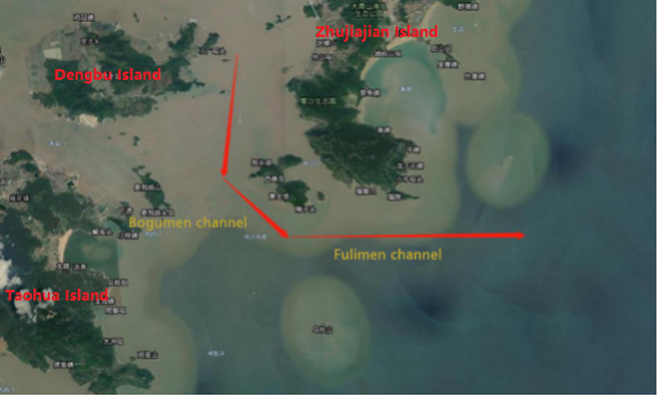
(Diagram 1: Bogumen channel and Fulimen channel)
3. Restrictions
a) The meteorological wind speed reported by Zhoushan Oceanic Meteorological Observatory Forecast shall not exceed 13.8m/s (Force 6) and wind speed reported by Zhoushan Meteorological Bureau Forecast shall not exceed 17.1 m/s (Force 7).
b) The maximum height of wave during bunkering shall not exceed 1.5 m, the optimal height of wave shall not exceed 1 m, and the visibility for mooring and unmooring shall exceed 1 nm.
c) This anchorage can be used for mooring at night.
4. Notes
a) The Xiazhimen anchorage is for bunkering bonded oil only, and the operation schedule at this anchorage is arranged by the Bonded Oil Dispatch Centre of Zhoushan Comprehensive Bonded Zone.
b) The bunker barge shall maintain her AIS normal display and keep effective watch on VHF channel 08. Before entering the anchorage, the bunker barge shall report to Ningbo VTS and obtain permission in advance. Report shall also be made to Ningbo VTS after the bunker barge has entered the anchorage and moored alongside the vessel, starting bunkering, and unmooring from the vessel after bunkering is completed. During the period of bunkering, the bunker barge shall keep her engine on standby and maintain proper lookout, ensure her main engine is always available, strengthen the crew’s vigilance and always check the mooring lines’ tension.
c) The vessel shall maintain the AIS normal display, keep effective watch on VHF channel 08, and comply with the management of Ningbo - Zhoushan VTS. Before entering the anchorage, vessel shall apply for an anchoring position from Ningbo VTS and obtain permission. Before arriving at the designated water area to drop anchor, vessel shall voluntarily contact Ningbo VTS to verify the anchoring position and obtain permission before dropping anchor. The vessel shall report to Ningbo VTS from the time when anchor is properly dropped until the bunker operation is completed. During the bunkering operation, the vessel shall keep her engine on standby and maintain navigational lookout, ensure her main engine is always available, and to prevent dragging anchor. After bunkering, the vessel shall depart in a timely manner to provide convenience to subsequent bunkering vessels.
d) Bunker barge shall strictly adhere to the requirements for declaring dangerous goods on board and the reporting requirement for bunking operation.
e) For ocean-going vessels that intend to bunker at Zhoushan port for the first time, the local ship agent shall voluntarily contact the foreign vessel to confirm the navigation route for entering and leaving the anchorage. Any incorrect route shall be corrected in a timely manner, and comprehensive tracking and guidance services shall be provided. At the same time, ocean-going vessels shall contact the local agent in advance for consultation and clarification if they need any assistance for entering and/or departing from the anchorage.
II. Tiaozhoumen Anchorage
1. Coordinates
1 # Anchoring position: 29°39'58.0"N, 122°18'28.0"E
2 # Anchoring position: 29°39'03.0"N, 122°17'04.0"E
3 # Anchoring position: 29°38'51.0"N, 122°18'58.0"E
4 # Anchoring position: 29°38'04.3"N, 122°16'26.8"E
5 # Anchoring position: 29°37'09.2"N, 122°18'24.4"E
2. Navigation and anchoring requirements
a) Bunker barges shall use the Tiaozhoumen channel to enter and/or depart from the port.
b) Vessels sailing towards the Tiaozhoumen anchorage via the coastal public route of Zhejiang shall alter course in the water area between 29°37'N and 29°43'N to avoid altering too early or too late, and then enter the anchorage via the north of the recommended route outside the Tiaozhoumen. After bunkering, the vessel shall depart accordingly via the south of the recommended route outside the Tiaozhoumen (as shown in the following diagram).
c) Vessels using the Zhejiang coastal eastern route upon departure shall alter to east after passing 122° 34'E. If a vessel chooses the outer route, it shall alter to the east after passing 122° 44'E. A vessel that does not choose the common route is recommended to sail 10 nm away from east of the outer route before altering course.
d) For a vessel waiting for bunkering, it's recommended if her draft is less than 14 m, to anchor in Zone C of 1# Management Area, and if her draft is more than 14 m, to anchor in Zone D of 1# Management Area. Vessels anchoring in Zone C of 1# Management Area directly enter the Tiaozhoumen anchorage while vessels anchoring in Zone D of 1# Management Area should follow the recommended route outside the Tiaozhoumen when entering the anchorage.
e) Vessel departing from the Xiazhimen or Tiaozhoumen channels directly sail to the Tiaozhoumen anchorage for bunkering, or waiting at Zone C or Zone D of the 1# Management Area, but shall not cross the southern anchorage of Xiazhimen.
f) If a bunker barge is not engaged in bunker operation, it shall anchor in Zone C of the 1 # Management Area.
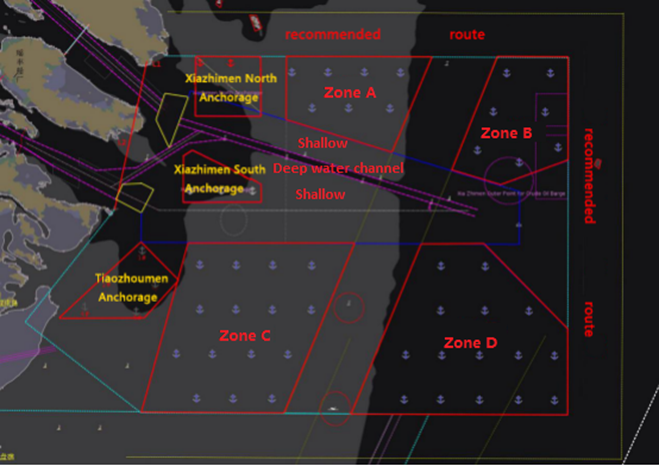
(Diagram 2: Illustration of 1# Management Area)
3. Restrictions
a) The meteorological wind speed reported by Zhoushan Oceanic Meteorological Observatory Forecast shall not exceed 13.8m/s (Force 6) and wind speed reported by Zhoushan Meteorological Bureau Forecast shall not exceed 17.1 m (Force 7).
b) The maximum height of wave during bunkering shall not exceed 1.5 m.
c) The visibility for mooring and unmooring shall exceed 1 nm.
4. Notes
a) The Tiaozhoumen Anchorage is the anchorage dedicated for bunkering bonded oil only, and the operation schedule is arranged by the Bonded Oil Dispatch Centre of Zhoushan Comprehensive Bonded Zone.
b) Vessels with draft of less than 18 m shall enter or depart from Tiaozhoumen Anchorage following the recommended route outside the Tiaozhoumen. Vessels with draft of more than 18 m shall enter or depart from the Tiaozhoumen Anchorage via the Deep Water Channel of Xiazhimen.
c) There is a risk of dragging anchor at the 1 # anchoring position of Tiaozhoumen, and it's prohibited to use it during the spring tide (two days before and three days after the first and sixteenth day of each lunar month). During other times, strengthen the lookout and keep VHF on watch when anchoring.
d) For vessel with draft exceeding 16 m, the ship owner, operator or local agent shall apply for Shallow Navigation Plan or Deep Water Channel Plan one day in advance via Vessel Traffic Service Management Platform of Zhejiang MSA when entering and/or departing from the outer anchorage of Tiaozhoumen. Shallow Navigation Plan shall be applied for vessel with draft exceeding 16 m, while Deep Water Channel Plan shall be applied for vessel with draft exceeding 19 m.
e) Bunker barge shall strictly adhere to the requirements for declaring dangerous goods on board and reporting requirement for bunkering operation.
f) For ocean-going vessels that intend to bunker at Zhoushan port for the first time, the local ship agent shall voluntarily contact the foreign vessel to confirm the navigation route for entering and leaving the anchorage. Any incorrect route shall be corrected in a timely manner, and comprehensive tracking and guidance services shall be provided. At the same time, ocean-going vessels shall contact the local agent in advance for consultation and clarification if they need any assistance for entering and/or departing from the anchorage.
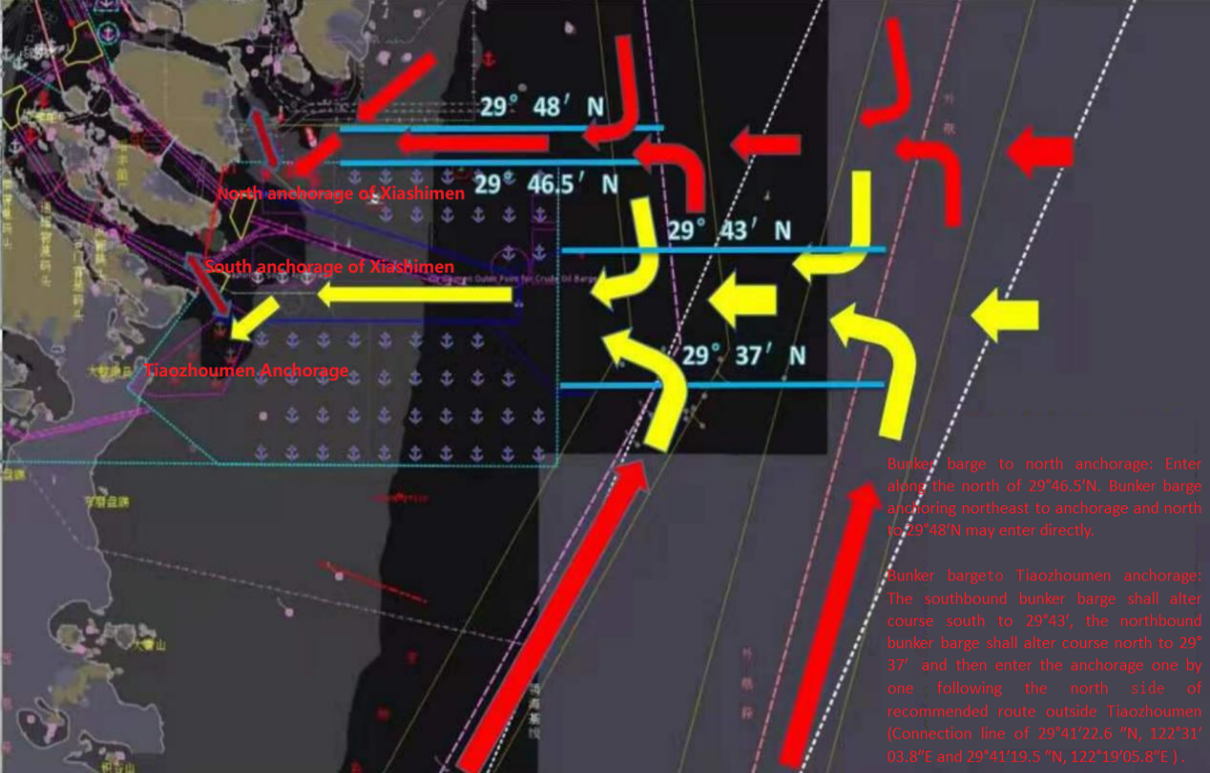
(Diagram 3: Navigation method when entering the anchorages)
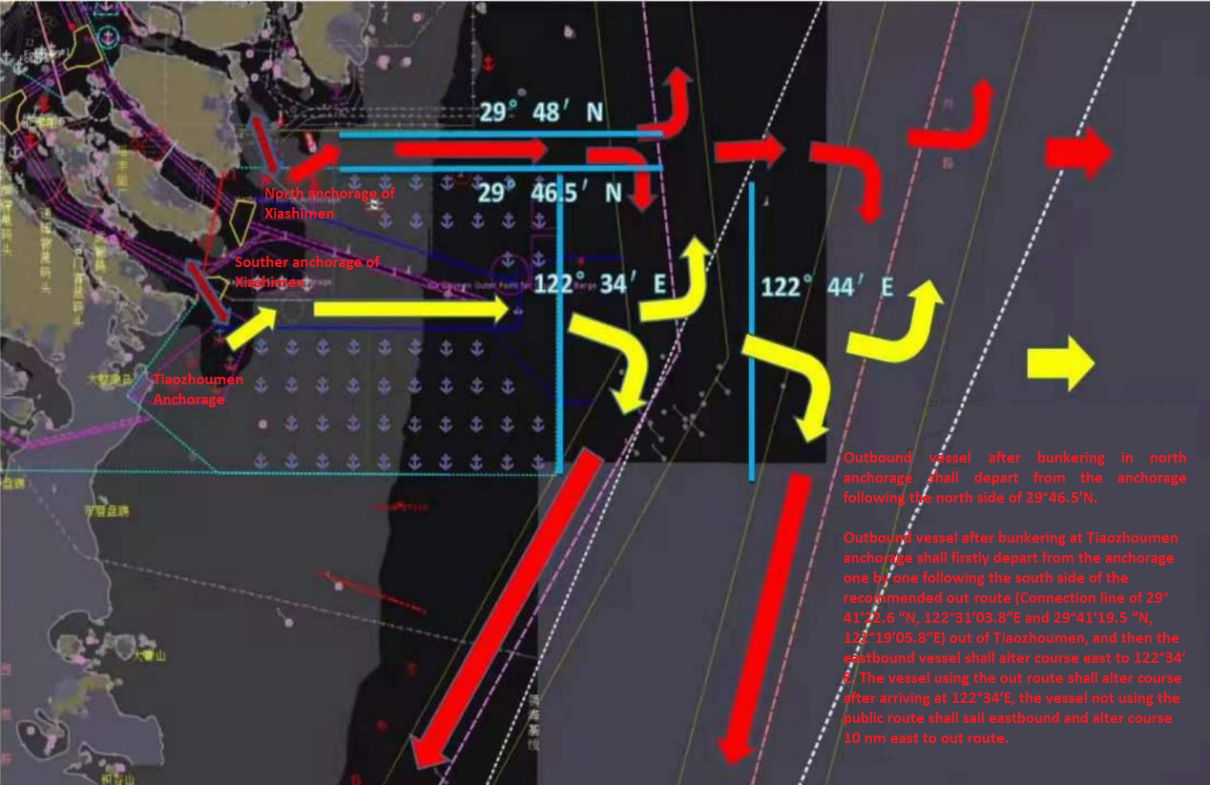
(Diagram 4: Navigation method when departing from the anchorages)
III. Xiushan East Anchorage
1. Coordinates
A. 30°10'15.0"N, 122°13'19.0"E
B. 30°10'15.0"N, 122°17'18.0"E
C. 30°07'54.0"N, 122°13'19.0"E
D. 30°07'54.0"N, 122°17'18.0"E
2. Restrictions
a) The meteorological wind speed reported by Zhoushan Oceanic Meteorological Observatory Forecast shall not exceed 17.1m/s (Force 7), and if the wind direction is northeast, east or southeast, the wind speed shall not exceed 13.8m/s (Force 6).
b) The maximum height of wave during bunkering shall not exceed 1.5 m.
c) The visibility for mooring and unmooring shall exceed 1 nm.
d) Qualified bunker barges can carry out berthing and bunkering of bonded oil at night after completing the registration with the relevant departments of MSA.
3. Notes
a) 12# anchoring position is the position dedicated for bunkering bonded oil only, and the operation schedule is arranged by the Bonded Oil Dispatch Centre of Zhoushan Comprehensive Bonded Zone.
b) Saving for 12 # anchoring position, all other anchoring positions for ocean-going vessels shall be applied through Vessel Traffic Service Management Platform online.
c) During the bunkering operation, all vessels shall maintain smooth communication and stay on duty around the clock.
d) Bunker barge shall strictly adhere to the requirements for declaring dangerous goods on board and reporting requirement for bunkering operation.
IV. Mazhi Anchorage
1. Coordinates
1# Anchorage
A. 29°55'30.0"N, 122°12'42.0"E
B. 29°55'30.0"N, 122°16'30.0"E
C. 29°54'00.0"N, 122°16'30.0"E
D. 29°54'00.0"N, 122°12'42.0"E
2# Anchorage
A. 29°53'20.0"N, 122°12'30.0"E
B. 29°53'20.0"N, 122°13'30.0"E
C. 29°52'30.0"N, 122°13'30.0"E
D. 29°52'30.0"N, 122°12'12.0"E
2. Navigation and anchoring requirements
a) When the bunker barge approaches the vessel, it shall contact the vessel in advance and inform the vessel to prepare for mooring and unmooring.
b) If a bunker barge is not engaged in bunker operation, it shall wait outside the anchorage.
3. Restrictions
a) The meteorological wind speed reported by Zhoushan Oceanic Meteorological Observatory Forecast shall not exceed 17.1m/s (Force 7) or wind speed reported by Zhoushan Meteorological Bureau Forecast shall not exceed 20.7m/s (Force 8).
b) The maximum height of wave during bunkering shall not exceed 1.5 m.
c) The visibility for mooring and unmooring operation shall exceed 1 nm.
d) The anchorage can be used for mooring at night.
4. Notes
a) The Y5 # anchoring position is the anchoring position dedicated for bunkering bonded oil only, and the operation schedule is arranged by the Bonded Oil Dispatch Centre of Zhoushan Comprehensive Bonded Zone.
b) Saving for Y5 # anchoring position, all other anchoring positions for ocean-going vessels shall be applied through Vessel Traffic Service Management Platform online.
c) During bunkering, all vessels shall maintain smooth communication and remain on duty around the clock. After the bunkering is completed, report shall be made to the Zhoushan VTS immediately.
d) If the vessel is anchoring by using a single anchor, the length of the anchor chain on deck shall not be less than 5 shackles.
e) For a vessel with draft exceeding 16 m, the ship owner, operator or local agent shall apply for Shallow Navigation Plan or Deep Water Channel Plan one day in advance via Vessel Traffic Service Management Platform of Zhejiang MSA when entering and/or departing from Mazhi anchorage. Shallow Navigation Plan shall be applied for vessel with draft exceeding 16 m, while Deep Water Channel Plan shall be applied for vessel with draft exceeding 19 m.
f) Bunker barge shall strictly adhere to the requirements for declaring dangerous goods on board and reporting requirement for bunkering operation.
V. Qushan Temporary Anchorage
1. Coordinates
1 # Anchoring position: 30°27'35.4"N, 122°28'4.4"E
2 # Anchoring position: 30°27'36.4"N, 122°29'25.6"E
2. Navigation and anchoring requirements
a) The vessel shall enter the anchorage and/or drop anchor against the current. When departing from the anchorage, the vessel shall use the northern section of the Sheyimen Channel and the previous Zhebei Central Channel. When the tide is rising, the vessel shall alter eastward against the current from the Sheyimen channel to enter the Qushan Temporary Anchorage (See vessel C in the following diagram), and when the tide is ebbing, the vessel shall alter to westward against the current from the previous Zhebei Central Channel to enter Qushan Temporary Anchorage (See vessel A or vessel E in the following diagram)
b) There are two main routes for vessel departing from the Qushan Temporary Anchorage. One is to sail westward through the Sheyimen Channel after heaving up anchor, and the other is to sail eastward through the previous Zhebei Central Channel.
aa) As shown in the following diagram, vessel B heaves up anchor and sails eastward. If it sails southward through the previous Zhebei Central Channel, it shall enter the southbound lane of the previous Zhebei Central Channel at a small angle after departing from the anchorage (the dotted arrow in forward-starboard side of the vessel B). If it sails northward through the previous Zhebei Central Channel, it shall firstly cross the southbound lane of the previous Zhebei Central Channel vertically and then enter the northbound lane and sail northward (the solid arrow in forward-port side of the vessel B).
bb) As shown in the following diagram, vessel D heaves up anchor and sails westward, and when heading northward through the Sheyimen Channel, it shall enter the northward lane of the Sheyimen hannel at a small angle after departing from the anchorage. Due to the southern section of the Sheyimen Channel is narrow and there are Shulanghu and Sheyimen operating areas on both sides, the vessel normally shall not depart from the Qushan Temporary Anchorage from the southern section of the Sheyimen Channel.
c) Bunker barges shall follow the customary route for small boats in principle.
3. Restrictions
a) The meteorological wind speed reported by Zhoushan Oceanic Meteorological Observatory Forecast shall not exceed 13.8m/s (Force 6) , and the wind speed in other directions shall be less than or equal to 17.1m/s (Force 7).
b) The maximum height of wave during bunkering shall not exceed 1.5 m.
c) The visibility for mooring and unmooring shall exceed 1 nm.
d) The current speed shall be less than 3 knots.
4. Notes
a) Ocean-going vessels shall apply for anchoring position through Vessel Traffic Service Management Platform online.
b) Bunker barges of "Zhoushan Type" or other bunker barges with DWT of 3000 mt or above are allowed to carry out bunkering bonded oil service at this anchorage.
c) When a vessel heaves up and/or drops anchor, it shall report to Zhoushan VTS through the VHF 30 mins in advance, and keep watch on VHF channel 16 and channel 12 throughout the entire process.
d) Bunker barge shall strictly adhere to the requirements for declaring dangerous goods on board and reporting requirement for bunkering operation.
e) Bunker barges shall strictly implement the operational procedures to ensure safe mooring. Fenders shall be arranged when mooring, appropriate mooring methods shall be used and the mooring ropes shall be checked and adjusted at any time.
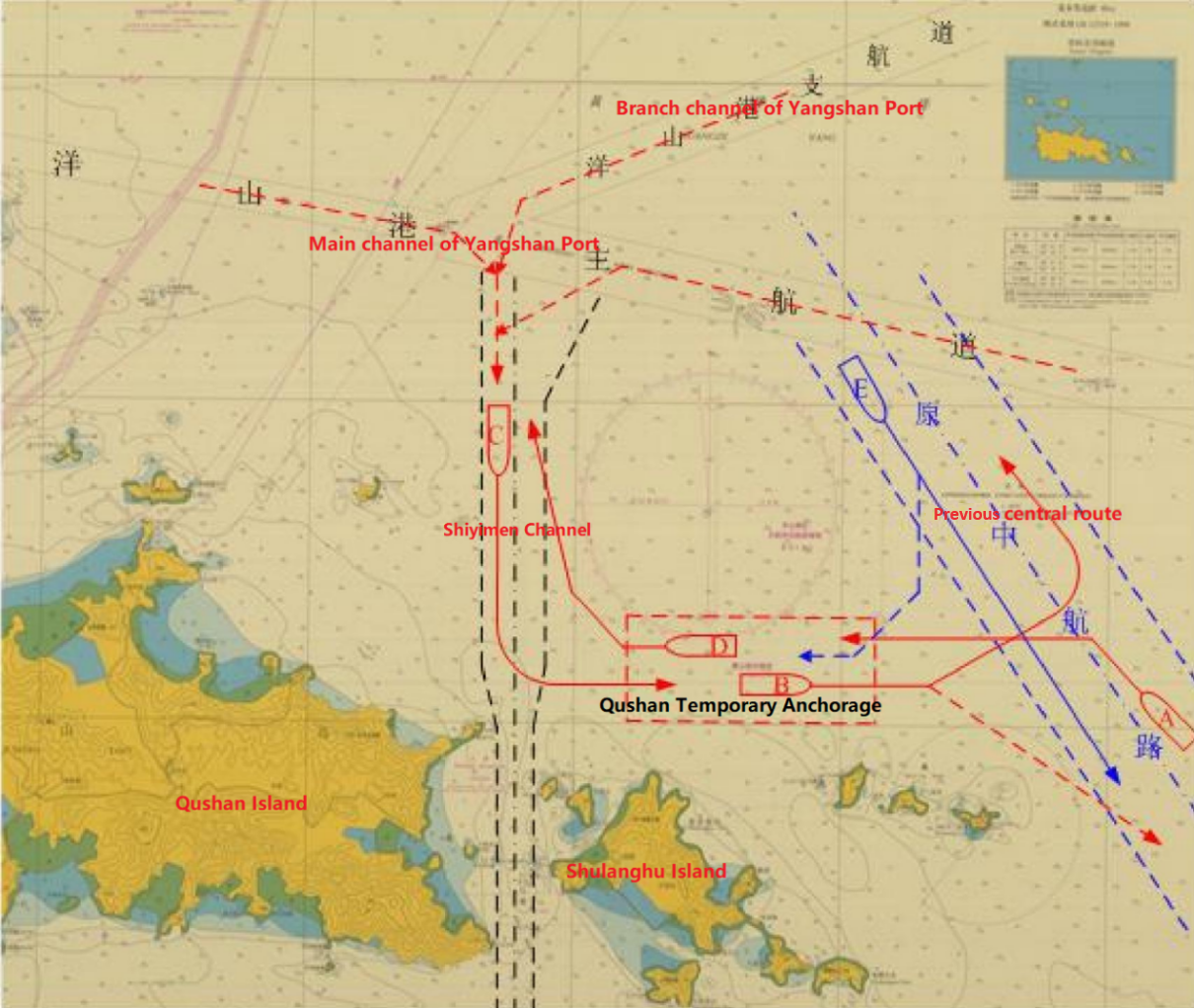
(Diagram 5: Navigation method when entering and/or departing from Qushan Anchorage)
VI. Main anchorages for bunkering at Zhoushan
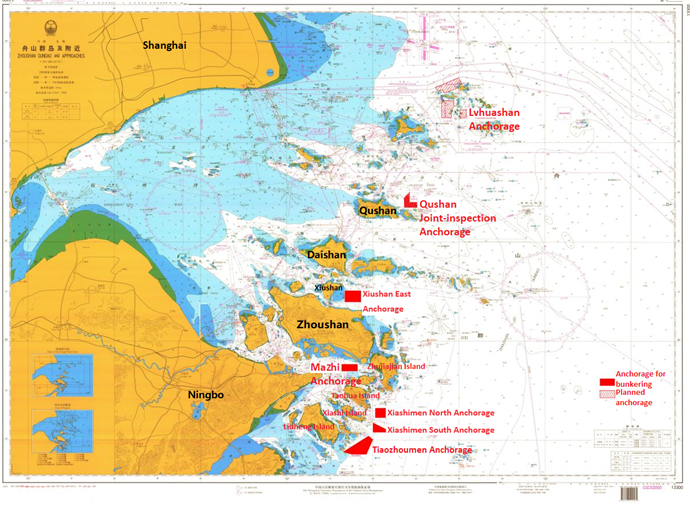
(Diagram 6: Main anchorages for bunkering at Zhoushan)
VII. Key websites for meteorological information
Zhoushan Oceanic Meteorological Observatory: https://www.zsghqx.com/
Zhoushan Sea Tide and Current Information Release: http://hai.tsphp.com/index.php?wap
Zhoushan Meteorological Bureau: http://www.zs121.com.cn/wapnew/gztqyb.aspx
Copyright 2017 All Rights Reserved Oasis P&I Services Ltd. 沪ICP备88888888号
